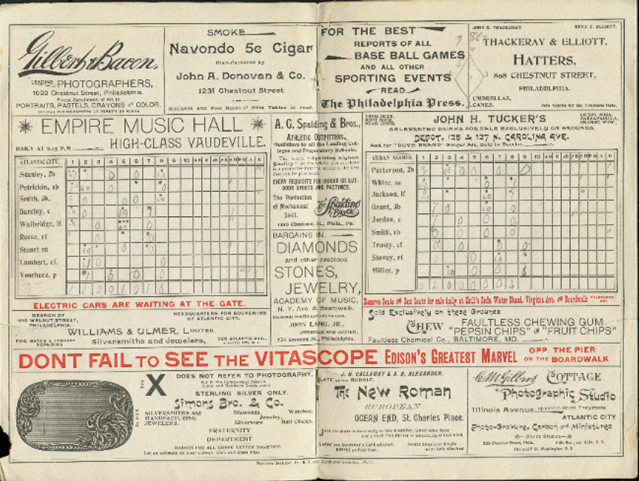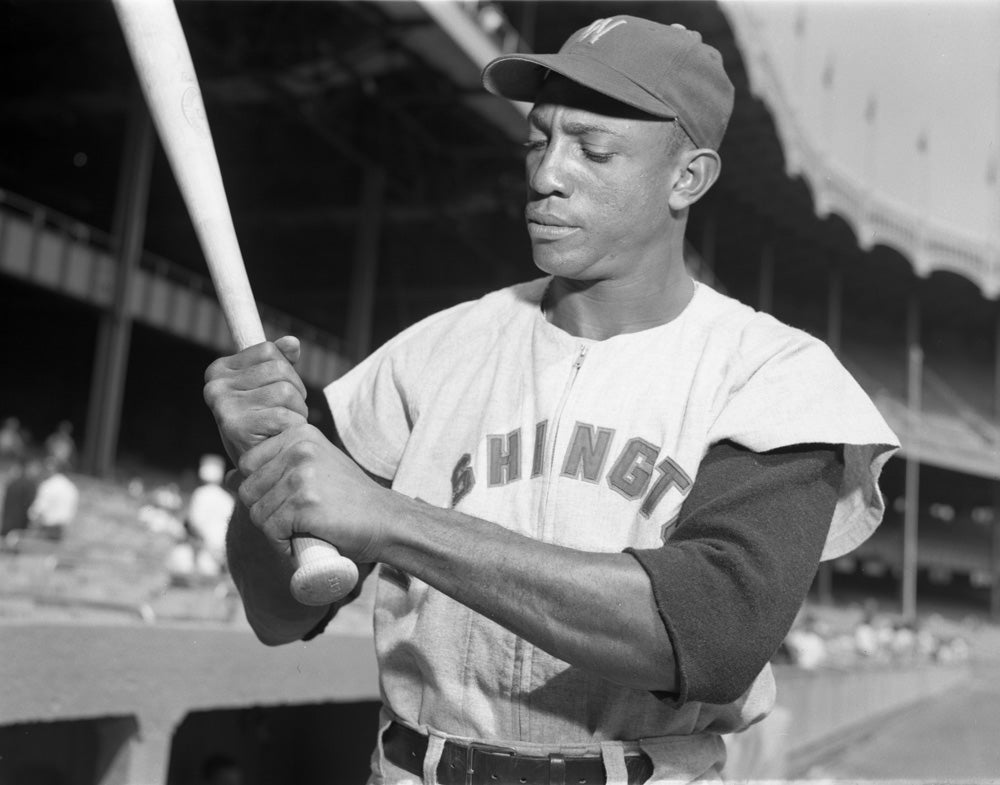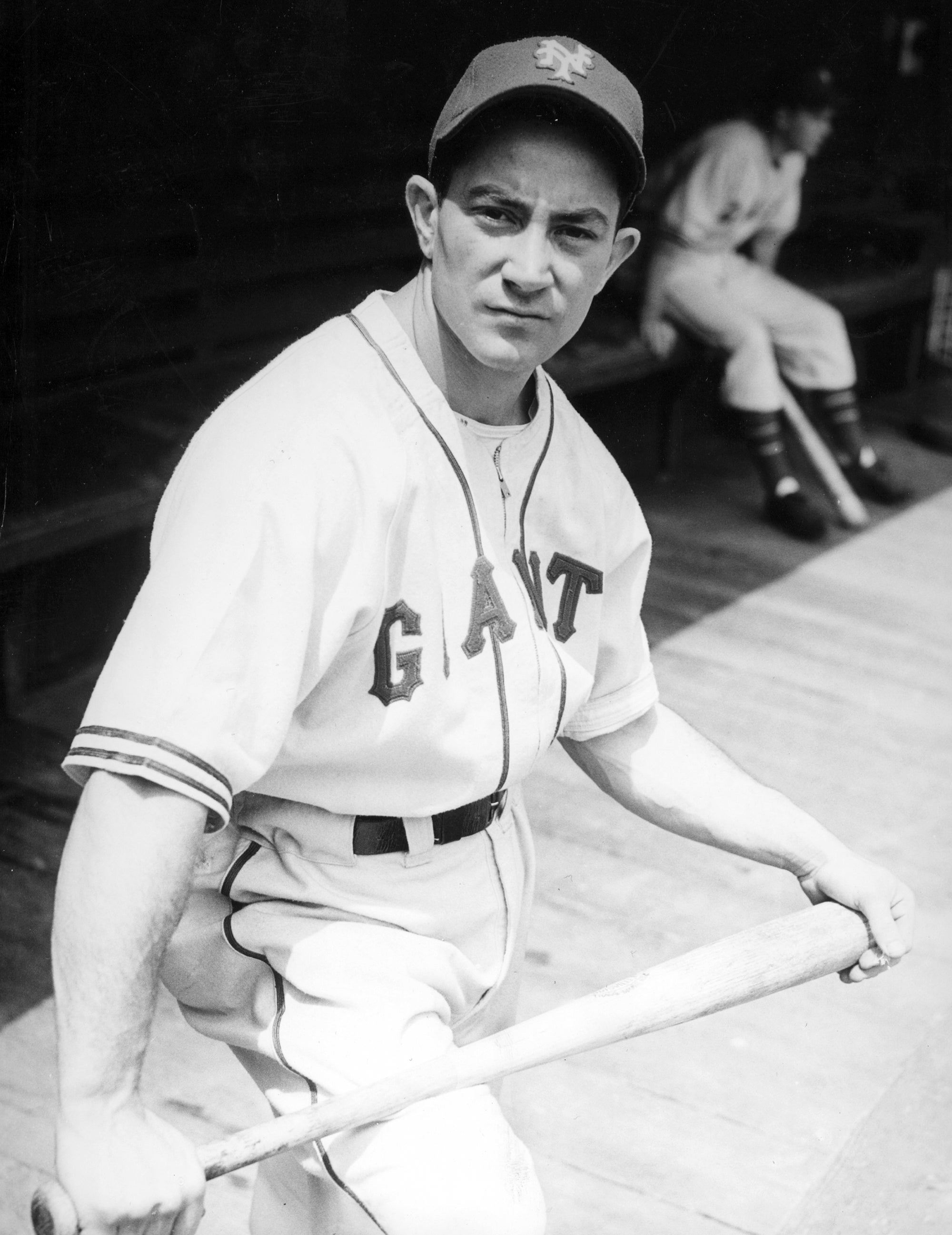Cooperstown Symposium brings diverse fans to Hall of Fame
The Cooperstown Symposium on Baseball and American Culture brought some of the most renown academics and biggest fans of the game to the National Baseball Hall of Fame and Museum May 28-31.
The recently completed 35th edition, like the ones preceding it, hosted approximately 160 guests from across the country with an abundance of stories to tell. But they all have one thing in common: A shared love of the sport.
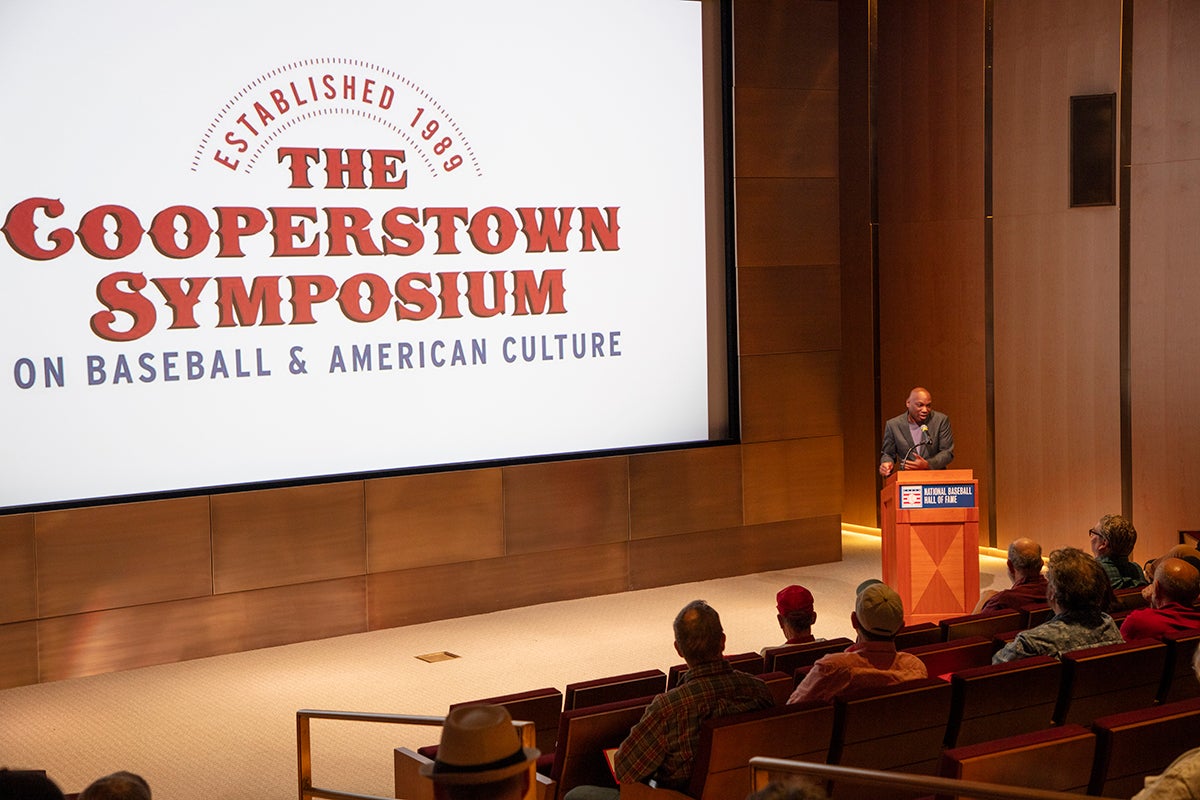
Bill Simons, history professor at the State University of New York at Oneonta and co-director of the Symposium, said: “In addition to baseball scholarship, which this is about, the conference also is a place of fraternization between generations. It’s great to see veterans of the Symposium, and it’s great to see those who are beginning their careers.
“This is, without question, the preeminent scholarly baseball conference.”
Founded in 1989, the Symposium reexamines, reinterprets and reimagines the game.
Co-sponsored by the State University of New York College at Oneonta and the National Baseball Hall of Fame and Museum, the Symposium examines the impact of baseball on American culture from inter- and multi-disciplinary perspectives.
The 2024 Symposium had 51 presentations, held in both the Hall of Fame’s Bullpen Theater and the Learning Center, with titles ranging from “The Life and Tragic Death of Harry Agganis,” “John McGraw’s Florida Land Investment Fiasco” and “Capturing the Game on Canvas: Norman Rockwell’s Baseball Illustrations” to “Bruce Springsteen’s ‘Glory Days’: From Speedball to Spitball,” “The Stadiums Went Silent: A Week without Baseball, Post 9/11” and “Rap Dixon for the Hall of Fame.”
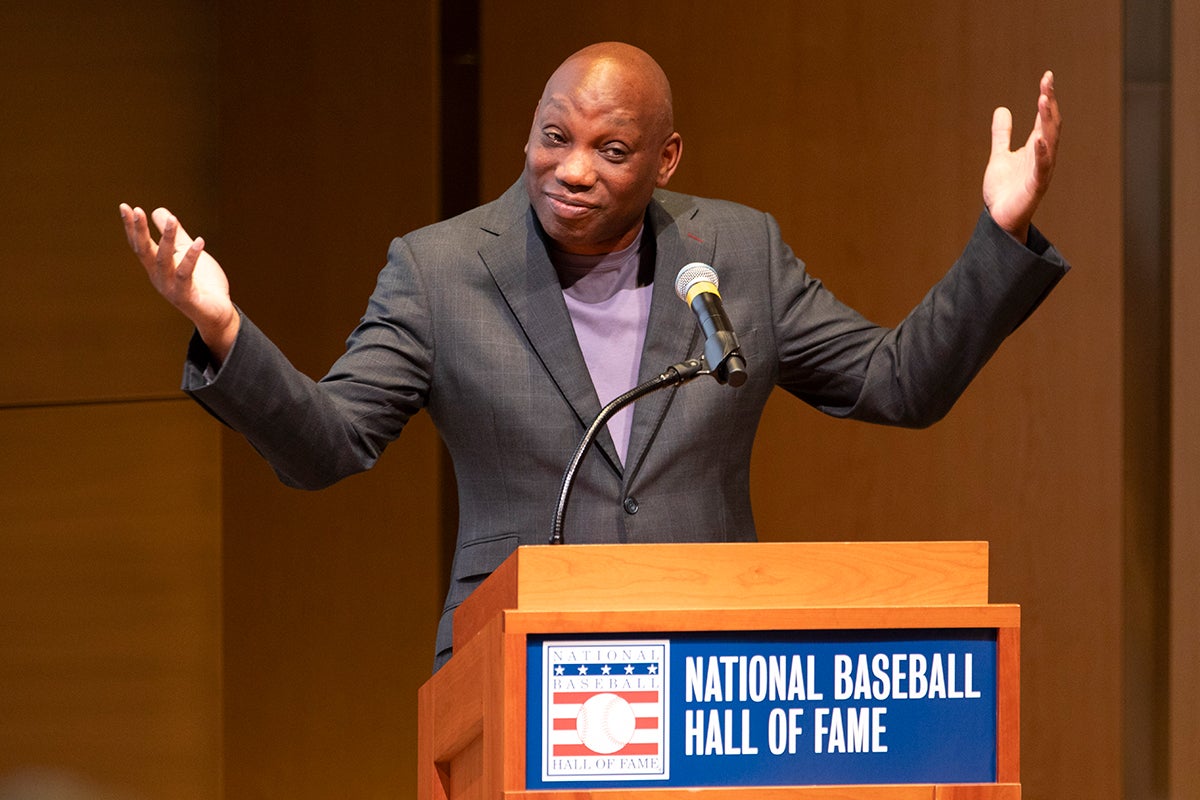
This year’s Symposium began with keynote speaker Howard Bryant, who Simons introduced as ranking among the towering figures of American sports journalism.
“His prolific and impactful work appears across diverse media – newspapers, magazines, radio, television, film documentaries and books. His synergistic partnership with Scott Simon on National Public Radio’s Weekend Edition constitutes an iconic contribution to discourse about sport, society and culture,” Simons said. “In the spirit of the symposium, Howard’s piercing insights transcend the playing field. He employs sport to address essential issues of race, gender, labor, national character, generations, courage and morality.”
Bryant’s award-winning baseball books include “Shut Out: The Story of Race and Baseball in Boston”; “Juicing the Game: Drugs, Power and the Fight for the Soul of Major League Baseball”; “The Last Hero: A Life of Henry Aaron”; and “Rickey: The Life and Legend of an American Original.”
Previous keynote speakers have included Ken Burns, W.P. Kinsella, Eliot Asinof, Donald Fehr, Stephen Jay Gould, Roger Kahn, George Plimpton, Marvin Miller, Claire Smith, Frank Deford, Janet Marie Smith, Jane Leavy, Brian Kenny and Bob Kendrick.
“For me, I got into this because as a native Bostonian and growing up a huge baseball fan, at some point I knew I wanted to do a story about the history of race and the Red Sox,” Bryant said. “Anyone who grows up in Boston knows that this is a central piece of Boston history, not just baseball history. My focus was, let’s talk about the experiences of the people who played here. That was really what my interest was. And my interest was Jim Rice and Cecil Cooper and Bernie Carbo and Yaz and Bill Lee and all of the guys that I grew up watching.”
The success of “Shut Out” was Bryant’s introduction into the book writing business and what ultimately led to a certain philosophy.
“People care about this sport in a way that they don’t care about the other sports. There is a lineage to it, and it takes you all the way back,” Bryant said. “We all know this. But it doesn’t really resonate until you really dig into the research, and you see how much the game is tied to society. And so, it was then that I started to think about book writing in terms of what I refer to as my five steps of anxiety.”
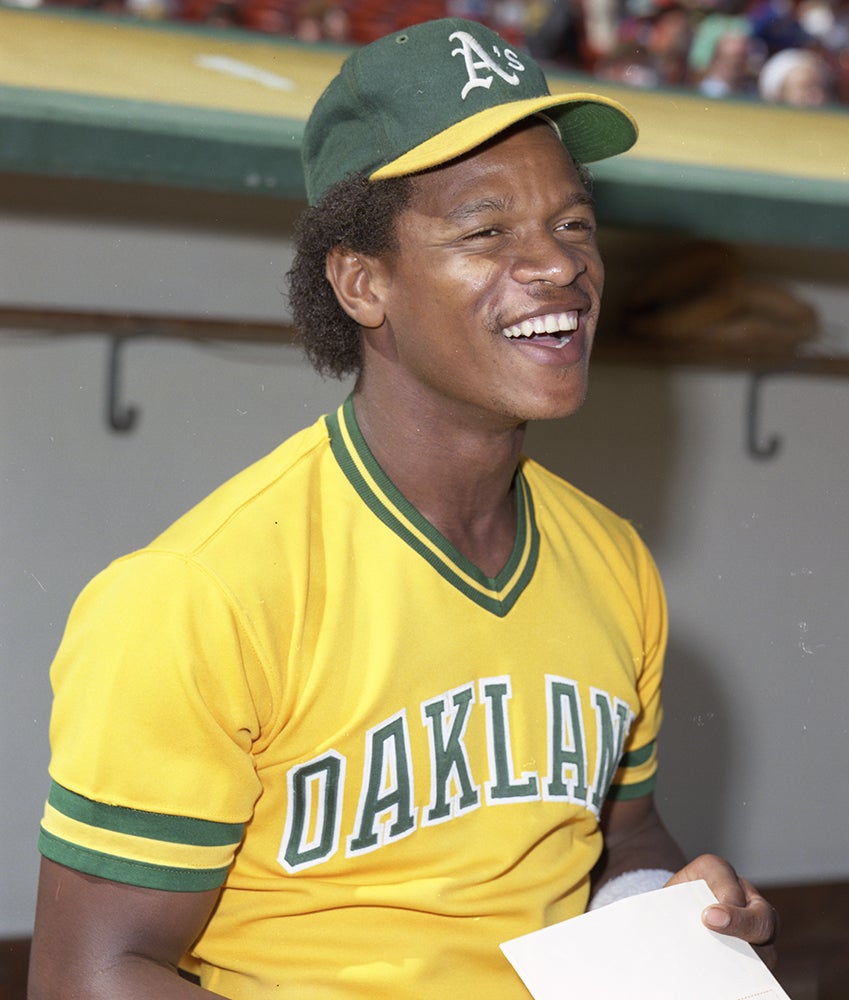
Bryant concentrated on only three of his five steps of anxiety, because, as he explained, they’re the ones that are germane to what he was going to be talking about.
“The first is do you have an idea? It’s one thing to write a 500-word newspaper article or a 3,000-word magazine piece. Do you have an idea that is going to sustain 80,000 words? Do you have something that you want to stay with? Do you have something that the material is going to allow you to expand on,” Bryant said. “The second is can you get it? It’s one thing to have the idea but do you have the sourcing, do you have the chops, do you have the access, do you have time? Do you have the support and the money and all the other things that it’s going to take to actually tell this story? Do you have a point of view?
“And then, of course, the third step is doing the work, which is the one step that a lot of people just don’t want to do. But I realize how much I love research.”
According to Bryant, after “Shut Out” he wanted to do a story about how money was changing the game, but publishers weren’t interested.
“So, I ended up going into a much cheerier topic - steroids. That was the next stage in what was taking place in this game moving forward in terms of the commerce,” Bryant said. “And the third element of that was obviously Henry Aaron, a huge piece of coming out of the steroid era. You think about that stage where we were in 2005 with the congressional hearings and everything else. It was just so obvious that what we really needed was to go back and remember why we cared about the sport. So doing the Hank Aaron book was just one of the most fantastic opportunities for me.
“But I had never forgotten going back into the money, going back into the free agency piece of it. And that was where I wanted to write about Rickey Henderson. And I thought Rickey was a great vehicle to get into some of these topics for several reasons. I was kind of burning out a little bit because of all of the things that were happening in the country … I wanted to write about someone I liked. I needed some fun. I’m always the guy who writes about the really heavy stuff. When you think about someone like Rickey, he represented along with Michael Jordan, along with Reggie Jackson, the player recognizing what they were worth. And there was nobody who was more willing to tell you what he was worth than Rickey Henderson.”
Bryant is currently working on a book on Jackie Robinson, Paul Robeson and the Cold War.
“I feel like as I go forward into this project, which is due in a month, I am constantly reminded how wonderful it is to be at a place like (the Hall of Fame),” Bryant said, “where this material is available, where you can actually sit down and do step three, and to actually hear the voices of people long gone and trying to find ways to interpret it in a respectful way. To have that opportunity to look back and discuss how we got to where we are.”
Next year’s Cooperstown Symposium on Baseball and American Culture is scheduled for May 28-30.
Bill Francis is the senior research and writing specialist at the National Baseball Hall of Fame and Museum

